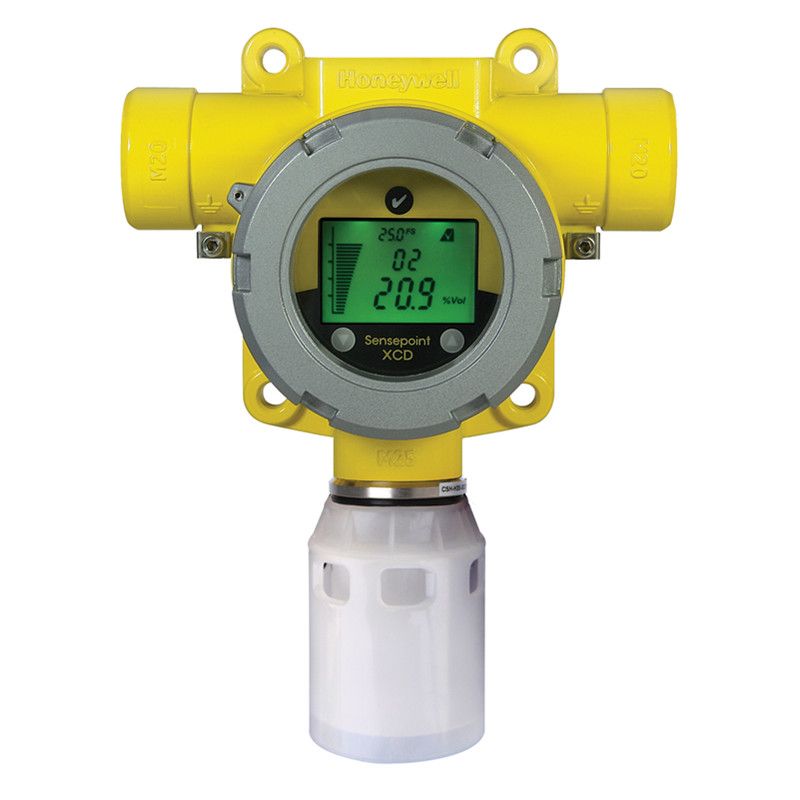How Does a Gas Detector Work?

Did you know gas leaks are a problem all over the world.
With how dangerous a gas leak can be to a person's health, using the technology of a gas detector is the best solution to avoid problems.
But what does a gas detector actually do?
We're here to answer all your burning questions. Read on to find out all the details.
What a Gas Detector Does
The gas leak signs you can't ignore are:
-
Dizziness
-
Fatigue
-
Rotten egg smell
-
Abdominal pain
-
Nausea
-
Loss of muscle control
-
Before these physical symptoms take hold, a gas detector can discover a leak. It works by monitoring different gas levels in the air.
These devices are generally battery operated and used for safety. Once they detect a higher than normal concentration of gas in the air, they warn people in the location through a series of really hard to miss audible beeps.
They work on a threshold system, so there can be up to a certain amount of gas in the air before the alarm will be tripped to send out a warning signal.
The primary function of a gas detector, as you can see, is to avoid the health ramifications and provide safety measures to monitor the level of gas in the air.
Different Gas Detector Technologies
There are a lot of different types of gas sensor technologies working to keep people safe.
Here are some of them and how they work:
Electrochemical sensors: These are highly sensitive detectors generally used for measuring toxic gases such as carbon monoxide. They work by sensing electrodes in the air and then give off a warning signal using electrical currents.
Infrared sensors: These use transmitters and receivers to detects levels of combustible gases in the air. They're specifically used to measure hydrocarbon gases. In general, they transmit light sources and receive back via their light detectors. If the light signals come back altered, the gas detector can then tell what type of gas is in the area and at what concentration level to trip the warning alarm.
Catalytic sensors: This type of sensor exists in a lot of common gas detectors on the market. They have a platinum treated wire coil inside that trips a warning when it oxidizes because it comes in contact with a combustible gas, like carbon monoxide.
As you can see, there are a lot of cool types of technology out there when it comes to measuring gas levels in the air!
Next Steps for Gas Safety
Gas leaks are everywhere and mostly harmless.
But when it comes to staying safe, gas detectors are a great way to ensure you don't ever experience the harmful health side effects of toxic gas exposure.
Do you need gas detector technology to keep you safe in your work environment? We've got you covered.
Check out our gas detector technology to find the perfect fit for you. We can set you up with leading expert advice, support, and implementation when it comes to toxic gas detection.
Artical from: https://www.analyticaltechnology.com/



